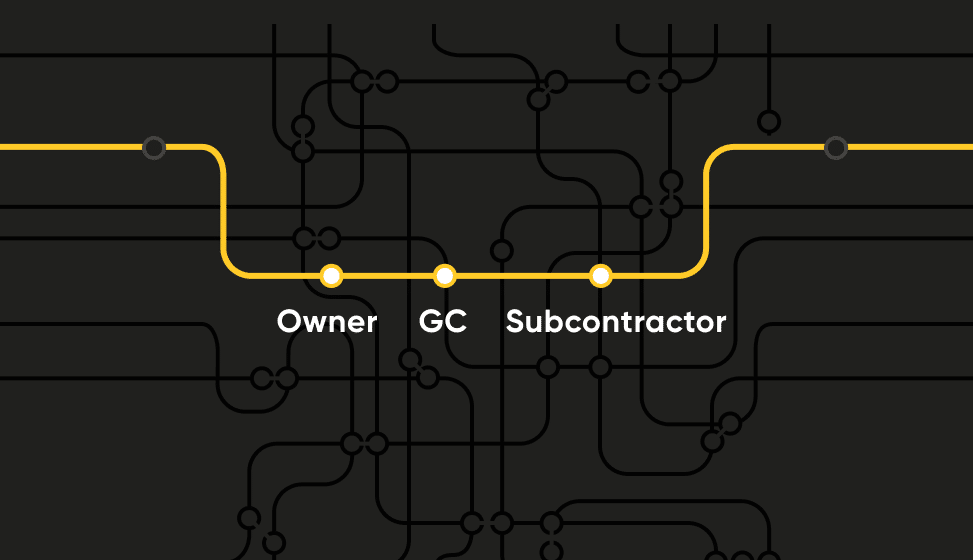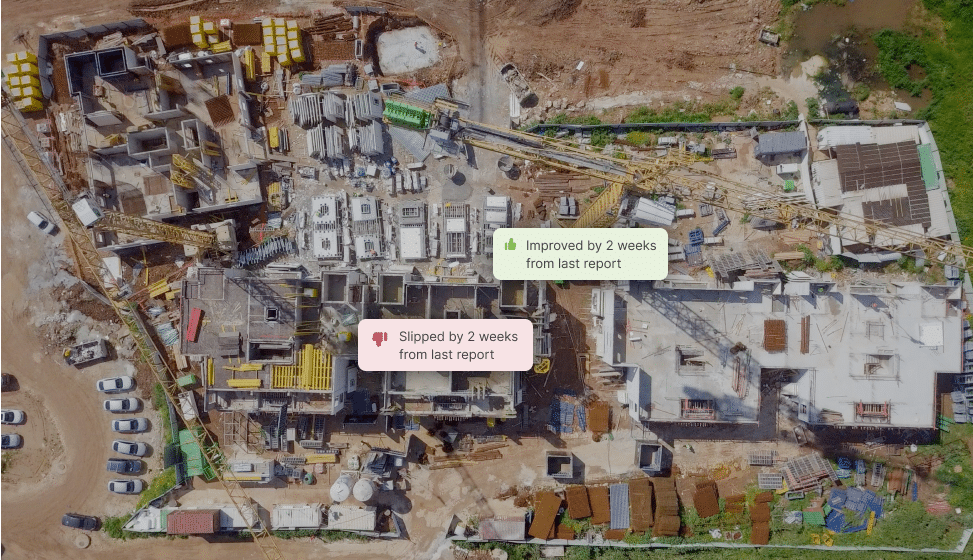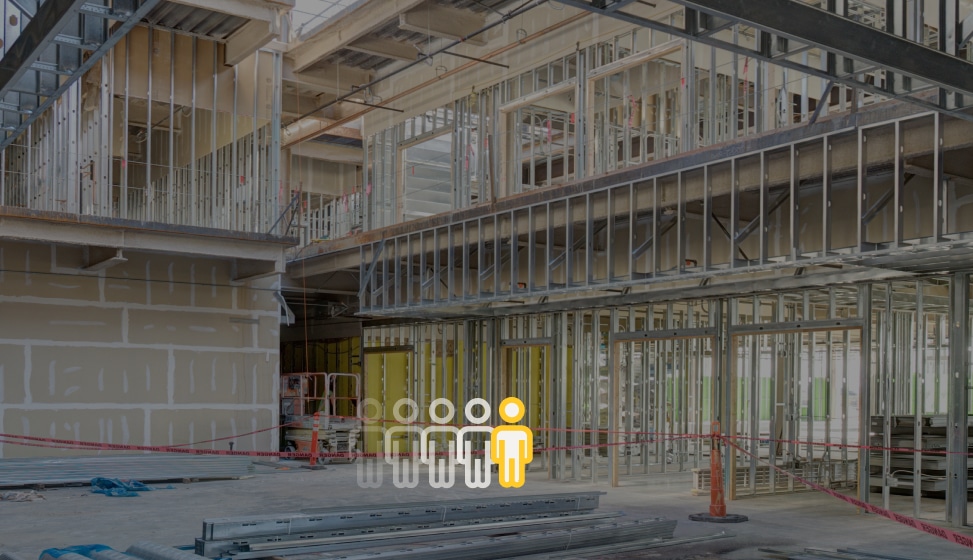Artificial Intelligence In Construction Adapt or risk falling behind

The recent surge in AI developments marks the beginning of a new era, comparable to the Industrial Revolution. The changes are rapid. However, to many of us, it is not quite evident how these developments affect our industry in particular. How can we benefit from them? How may they change the way we work and approach project management? How do they impact our long-term strategies?
Surprisingly (or not), the unique characteristics of our industry make it exceptionally suited for AI technologies. First, construction projects are costly, with significant investments and high stakes, yet it's highly inefficient and unpredictable. Secondly, construction operations have clear optimization functions such as faster project delivery, increased profitability, and enhanced safety. Lastly, the success of construction projects depends on precise, proactive control over and coordination of countless moving pieces and a massive supply chain.
This combination means that there is a significant opportunity for improvement once we fully utilize AI technology.
Adopting AI strategies: Co-pilot vs. autopilot
Navigating this AI-driven landscape, we can adopt two strategies: the co-pilot and the autopilot. The co-pilot approach involves AI systems acting as assistants, helping humans make more informed decisions without fully taking over the controls. The autopilot approach, on the other hand, allows AI to manage entire processes or tasks, such as data collection and analysis, autonomously. Both approaches offer distinct advantages, and their combination can lead to unprecedented levels of efficiency and accuracy in construction management.
Case study: Buildots’ integration of AI approaches
An excellent example of combining these strategies can be seen in Buildots’ Performance-Driven Construction Management (PDCM). In PDCM, the autopilot component involves automatic data collection and analysis that facilitate progress tracking. The co-pilot aspect includes providing risk analysis insights, that are similarly provided by our autopilot method, enabling better predictive management and decision-making by the teams on the field. For a deeper insight into how these technologies play out in practical scenarios, consider reading more about predictive risk management in construction here: Predictive Risk Management at Buildots.
Practical steps for adopting AI in construction
Embarking on the journey towards AI adoption can seem daunting. The key is to begin with a strategy tailored to your specific needs and challenges. Let’s dive into some practical steps early adopters can take:
- Assess and Identify: Just like in Lean construction, project teams should begin by identifying processes that are repetitive, time-consuming, and error-prone. A classic example within the construction industry is progress tracking at scale, ideally suited for an autopilot AI application.
- Set up Pilot Projects: Pilot selected AI methods or tools on a selection of initial projects. Rather than mere testing, involve your team in the early adoption phases where they can interact directly with the technology. This approach allows your organization to gain first-hand impressions and insights, which are invaluable for understanding how AI can be integrated into your workflows and culture. This experiential learning helps shape future strategies and facilitates a smoother transition to broader AI adoption.
- Partner with the Tech Industry: Reach out to vendors that specialize in construction technology and AI for construction. These partners bring a wealth of knowledge and experience tailored to address the unique challenges and opportunities within the industry.
- Craft Long-Term Strategies: AI implementation should not be the ultimate goal, but rather an enabler for the organization’s long-term strategy. Integrating them into established routines is the sole solution for any construction company that wants to operate with greater certainty and remain competitive in this rapidly changing landscape.
A Call to Action: Embrace AI and stay ahead of the curve
The message is clear: Don't get left behind. Both individuals and organizations need to adopt and master Artificial Intelligence to stay competitive. Those who decide to use AI early on and apply it well will not only make their operations more efficient but also become leaders of the entire market. It is time to embrace this change and lead the new AI era – or risk falling behind as others move ahead.
Discover how Performance-Driven Construction Management can revolutionize your projects. Explore our detailed case studies and see the measurable benefits of PDCM in action.




